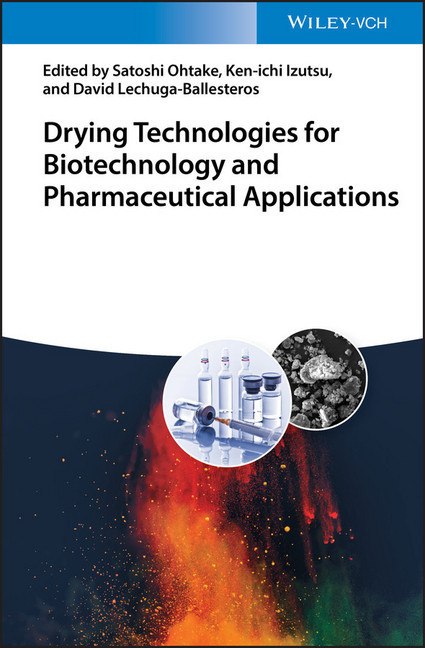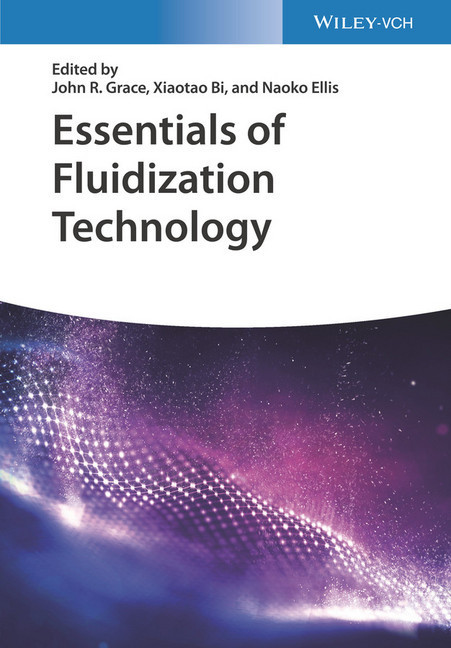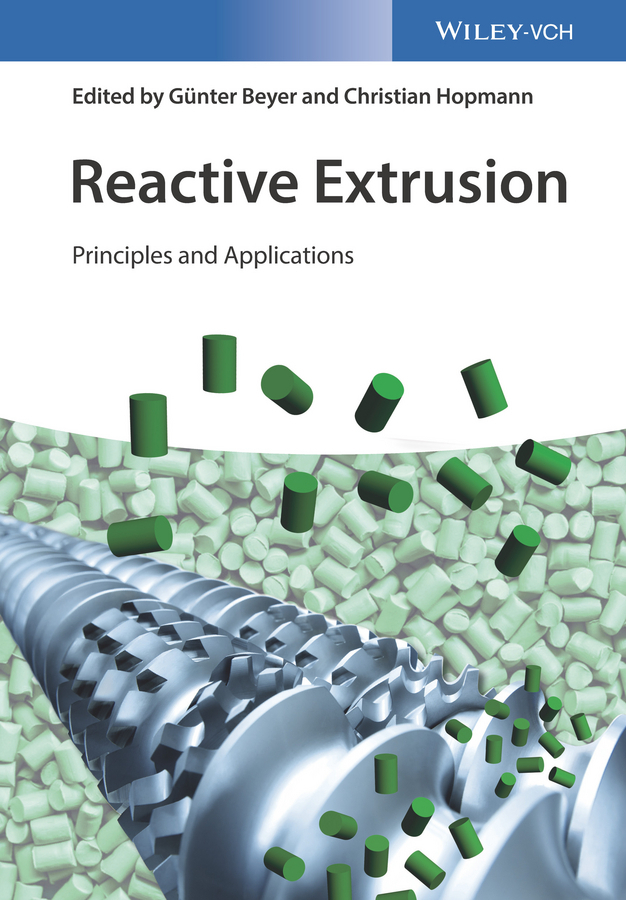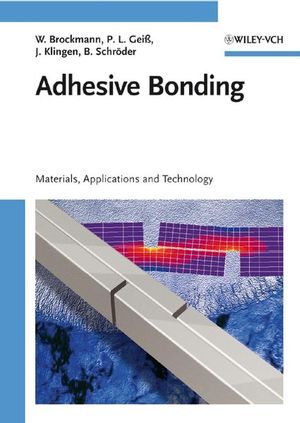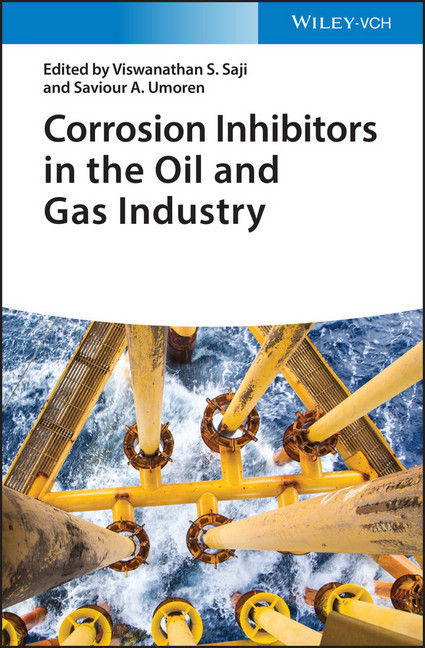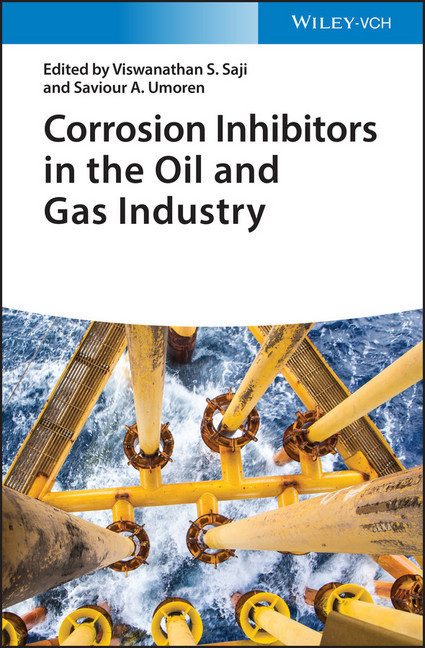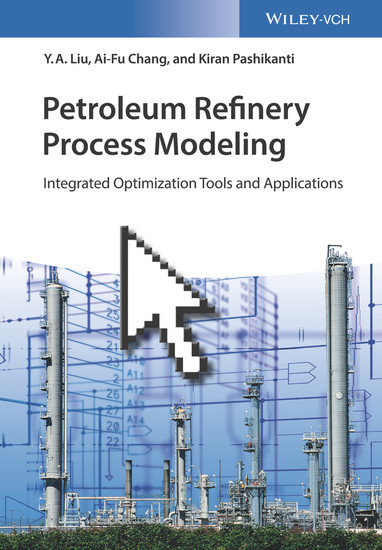Natural and Synthetic Waxes
A compilation of all relevant information for the production and use of waxes in technical applications
Waxes are among the oldest organic substances used by mankind. Before all others, beeswax is known to have played a role in human history for thousands of years. But over time, many other wax species have been detected and exploited, and prepared for different utilizations. Today, we possess knowledge of a great variety of different types of waxes. Unfortunately, there still is no broadly accepted definition of a wax: for the relatively few wax chemists, waxes are usually defined by their physico-chemical properties more than by their chemical constitution. Waxes are not uniform but oligomeric and polymeric substances, not simply describable with a chemical formula.
The realm of waxes encompasses fully or partly natural, refined, partly or fully synthetic products, which can be extended by 'wax-like' products which do not fulfil all definition criteria. Waxes are offered in different forms like pellets, granules, powders, or micropowders. Their number of technical applications runs into thousands. However, waxes in most cases are just adjuvants or additives, and with few exceptions like candles not known to a broader public. Only few publications over the last decades tried to present a more comprehensive overview of heir chemistry, chemical composition, their physical and analytical properties, their applications, and their sometimes astonishing history.
Based on personal experience and expertise, the authors intend to present an overview on the main classes of waxes, their origin, history, future, and potential fate. Economical aspects like market size and development, ecological impacts and challenges, and regulatory issues are also addressed.
Waxes are indispensable products in everyday life and in industry and technology, though mostly not even visible or distinguishable to experts. They deserve more than the role of a 'poor cousin' in chemistry and technology.
Ernst J. Krendlinger studied chemistry at the university in Mainz (Germany). In 1990 he received his doctorate at the Max-Planck-Institute for Polymer Science in Mainz. From1990 to 1994, he worked as Technology Manager Coatings, Additives and Waxes for the company Lubrizol, formerly known as Langer & Co., in Cleveland (USA) and Ritterhude (Germany). In 1995, Krendlinger started to work as R&D manager for waxes at Clariant in Höchst (Germany). He was appointed head of the wax grinding unit for waxes in 2002. From 2008 to 2017, he worked as head of R & D manager for the company Deurex in Elsteraue. After his retirement he founded the companies 'Dr. K - Wachs INTELLIGENCE' and EPW GmbH.
Uwe H. Wolfmeier studied Physical Chemistry at the University of Hamburg. He received his doctorate in 1980 on a topic of solid-state chemistry. Following he joined the Plastics and Waxes Division of Hoechst AG in Frankfurt. After several years in polyethylene R&D, technical application, and pilot plant operation, he became a member of the Corporate Planning Department. Next, he was appointed Production Manager of a polyethylene plant in Bavaria. In 1988 he assumed responsibility for diverse functions in the Waxes and later also Plastics Additives business, in a managerial position at the Gersthofen plant site, near Augsburg. From 1997 he worked for Clariant in Switzerland. As an executive, from 2005 to his retirement in 2010, he was responsible for Product Safety worldwide. Plastics Additives business, in a managerial position at the Gersthofen plant site, near Augsburg. From 1997 he worked for Clariant in Switzerland. As an executive, from 2005 to his retirement in 2010, he was responsible for Product Safety worldwide.
Krendlinger, Ernst J.
Wolfmeier, Uwe H.
| ISBN | 9783527807741 |
|---|---|
| Artikelnummer | 9783527807741 |
| Medientyp | E-Book - PDF |
| Copyrightjahr | 2022 |
| Verlag | Wiley-VCH |
| Umfang | 704 Seiten |
| Sprache | Englisch |
| Kopierschutz | Adobe DRM |


